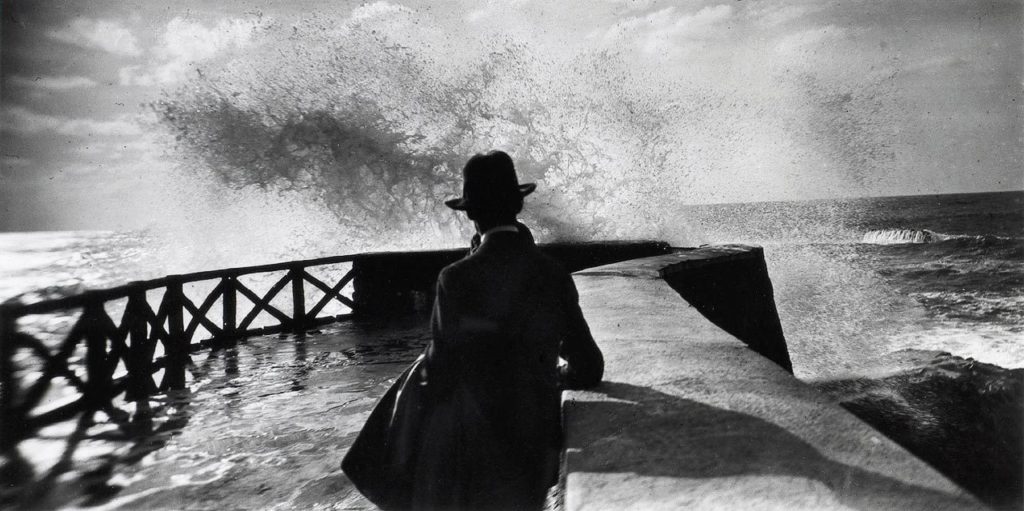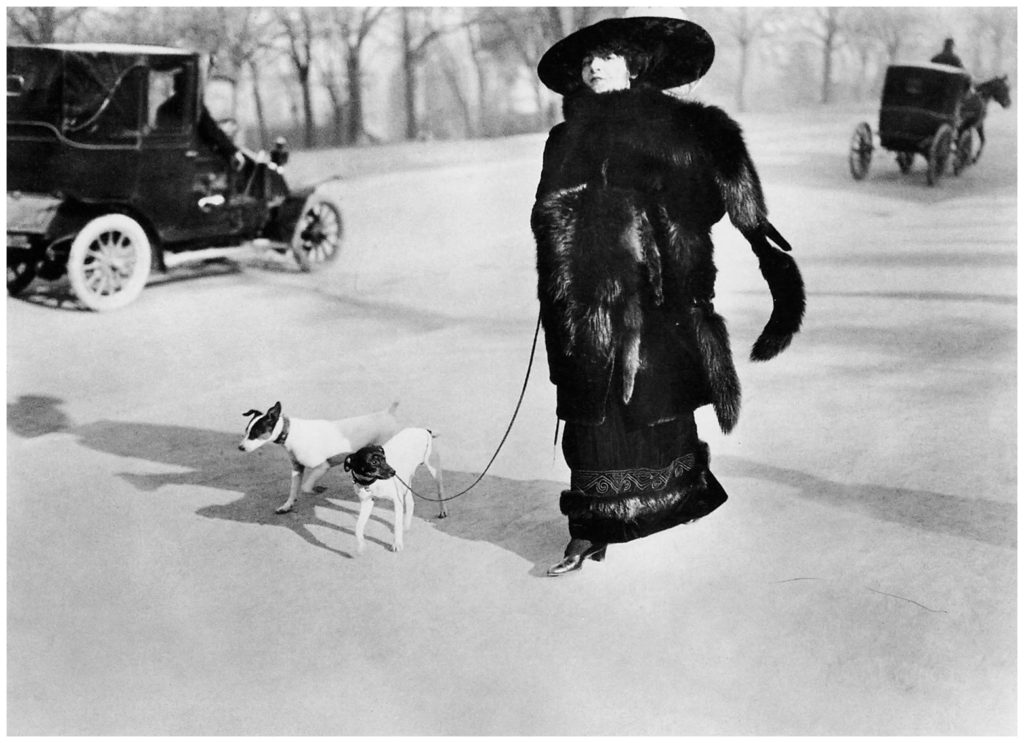
I’ve always had a soft spot for Jacques-Henri Lartigue’s amateur photographic work. For me, his childhood output constitutes one of the highlights of early 20th-century photography. Born in Courbevoie, near Paris in France in 1894, Lartigue took his first photographs at age 8. For him, photography was a revelation that would inspire him throughout his life: “It was a superhuman invention. I got it all! Colors! The sounds!”

Lartigue’s early vision – private memory as photographic subject – constitutes an authentic autobiographical diary of his family life in pre-WW1 France. His images are of an affectionate and happy family environment: parents, brother Zissou, grandfather Alfred (who was one of the inventors of the monorail system and also a playwright), uncles, aunts, cousins all handsome and well dressed. From the images we know that the Lartigues were well off socially – we are shown nannies, chauffeurs, loved pets.
As he became more familiar with his camera, Lartigue’s subjects and frames changed to reflect the moment: his subjects became car races in Auvergne, the bathers in Deauville and Biarritz, airplanes in Issy-les-Moulineaux and Buc, winter pastimes in Switzerland.

Grand Prix de l’ACF, Delage automobile, Dieppe Circuit 26 June 1912
In 1915 Lartique attended the Académie Jullian to study painting, which would become his lifelong profession. Photography, however, remained his great love. The expressive knowledge he learned via painting – but also his use of the various cameras over the years, in particular their technical limits – were the means he used to create his unique photographic style. Lartigue’s vision is of the Belle Époque, the bliss of happiness of French life before the First World War, an era also characterized by the Impressionists who painted in parallel with the innovation of the photographic medium. It was an aesthetic that gave a privileged view of bourgeois life in France in the early 1900s.

Véra et Arlette, Cannes, May 1927
*************

It was only in the 1960s, when he was almost 70, that his larger photographic archive became known to the general public via an exhibition held at the Museum of Modern Art in New York in 1963 entitled “The Photographs of Jacque Henri Lartigue” curated by John Szarkowski, director of the Museum’s Department of Photography. Lartigue was “discovered” as if he were a child who had miraculously captured a passing world while documenting the beginnings of the new. It wasn’t a large show, 45 early photographs from the very beginning of Lartigue’s career, now iconic. Szarkowski described Lartigue’s photography as “the precursor of every interesting and lively creation made during the twentieth century”. Richard Avedon, after viewing Lartigue’s work at the MoMA in 1963 wrote to him that “It was one of the most moving and powerful experiences of my life. They are photographs that echo. I will never forget them. Seeing them was for me like reading Proust for the first time ”.
Lartigue remained no mere naive kid with a camera. If the 1963 MoMA photos are beautiful evocations of a lost world, the photographs that Lartigue took in the six decades of his working life constitute his enduring legacy. Kevin Moore’s monograph, Jacques Henri Lartigue: The Invention of an Artist (2004), argues for the sophistication and enduring quality of Lartigue’s mature work. According to Moore, Lartigue, with his ability to freeze the enduring moment in time, made the snapshot a work of art. That he did is a measure of his enduring worth as a photographer.
*************

In 1974, French president Valéry Giscard d’Estaing commissioned Lartigue to produce his official portrait. In 1975 the Muséè des arts Décoratifs in Paris presented a large review of his photography, ‘Lartigue 8 x 80’, and in 1980 the Grand Palais in Paris exhibited a retrospective entitled ‘Bonjour Monsieur Lartigue‘ .
In 1979 Lartigue donated his entire work – negatives, original albums, diaries, cameras – to the French government which established the Association des Amis de Jacques Henri Lartigue, today called Donation Jacques Henri Lartigue, with the supervision of the Ministry of Culture. The function of the Donation is to promote Lartigue’s work.
Jacques-Henri Lartigue continued to photograph, paint and write until his death in September 1986, at the age of 92. He left over 100,000 photographs, 7,000 diary pages and 1,500 paintings.

